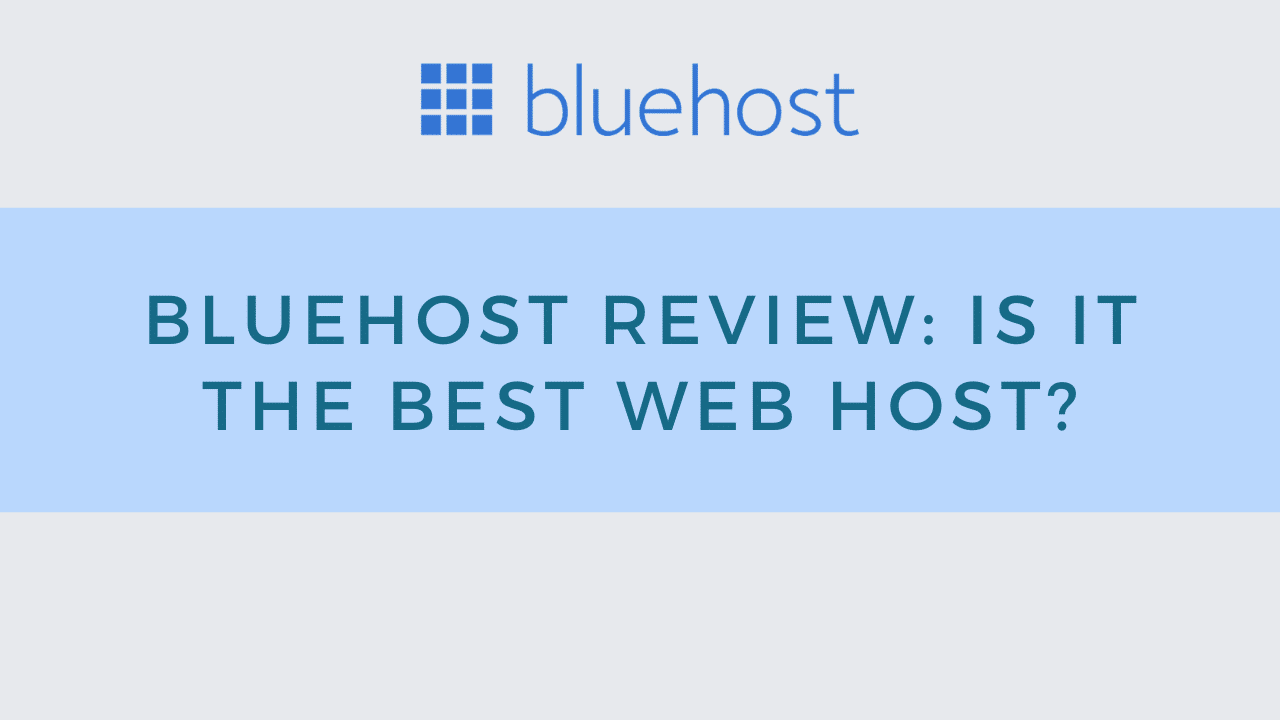Ad fraud is a problem that a lot of people face in digital advertising. One thing about it though is that there’s a gamut of fraud protection software in the market that makes it highly preventable. One of these solutions is Ad-Fraud Suite, mFilterit’s Ad Traffic Validation software. In this article, we’re going to take a look at what this software has to offer and help you decide if it’s the right solution for your needs.
What is Ad Fraud?
Ad fraud is an effort to trick advertising platforms into believing that fake network activity is actual user behavior to profit financially. Malicious actors frequently use bots to carry out ad fraud, but there are several other strategies they employ, some of which use actual people. Ad fraud can take many different forms, including click farms, spamming with fake engagement, bots that pose as humans, and more.
What is Ad-Fraud Suite?
Ad-Fraud Suite, mFilterIt’s Ad Traffic Validation solution, ensures that digital ad campaigns are fully protected from ad fraud. Their full-funnel coverage model detects and prevents fraud throughout the customer journey, ensuring clean traffic for advertisers while saving money on invalid traffic and improving ROAS (Return On Ad Spend).
mFIlterit employs AI, ML, and data science capabilities, providing valid traffic analysis and fraud detection for both app and web campaigns, thereby protecting your digital spending across all the media platforms and walled gardens. Their end-to-end operational service support helps our customers achieve a higher ROI.
Ad fraud portfolio
- Programmatic Fraud Detection
- Web Fraud Detection
- App Fraud Detection
- Lead Fraud Detection
- Coupon/Referral Fraud Detection
- DCB VAS Fraud Detection
Key Features
- Machine learning-based algorithm to track repeat users, fake devices
- Detects installs/events from blacklisted IPs, Bots & compromised devices
- Tracks characteristics of individual devices for authenticity
- Checks data patterns of each event to detect behavioral aspects
What are the most common forms of ad fraud?
Listed below are the different forms of ad Fraud that mFilterit’s Traffic Validation Solution will detect and help prevent:
Click Fraud
Click fraud is one of the most prevalent types of ad fraud. This malicious type of activity is carried out by bots that target pay-per-click (PPC) ads to waste an advertiser’s budget or artificially boost a webpage’s or social media post’s organic ranking. These bots were designed to deceive ad platforms into thinking that activity is coming from actual users, which would indicate that a webpage or post is more popular than it is.
Click Spamming
Click spamming, also known as click flooding, is a type of mobile ad fraud in which networks report a large number of fake clicks to receive credit for the last click before conversion, such as an app install. By claiming credit for the last click before a conversion, these malicious actors hope to get paid by advertisers for the fraudulent clicks.
Click Injection
Click injection is a more complex variation of click-spamming. Malicious actors gain access to Android apps and listen for “install broadcasts,” so that they can track when other apps are downloaded and initiate clicks before an install is complete. As a result, these fraudsters are credited with the installation.
Cookie Stuffing
Cookie stuffing is a fraudulent act conducted by fake affiliates to deceive websites into believing they have sent them traffic even when they have not. The practice is also called cookie dropping and is one of the most widespread types of affiliate fraud.
The cookie contains false information that says the user was convinced by the affiliate and clicked through from the latter’s site. In essence, a cookie stuffer tries to gain a commission for referring a user to a website without actually doing so.
Pixel Stuffing
Designed to exploit advertising campaigns that use the cost-per-mille (CPM) model. Pixel stuffing works by creating 1×1 pixel placements and stuffing one or more ads into the placement, all the while undetected by the human eye.
By doing so, malicious actors can display a barrage of ads on a webpage and be credited for the impressions that were generated. These activities don’t result in anything positive for advertisers because none of their ads are seen. Pixel stuffing is rampant with low-quality publishers, but this certainly doesn’t mean that high-quality sites are immune to this danger.
Ad Stacking
Ad Stacking is a form of mobile ad fraud where the perpetrators “stack” or conceal other ads below the main one that users see. Because only the top ad will be seen by the user, fraudsters use ad stacking so that advertisers with multiple ads stacked underneath will still be required to pay for the bogus impressions.
In Ad Stacking, a click or impression will be reported for each ad in the stack. This results in fraudsters being able to siphon off advertising budgets from clients and boost ad revenue for any publishers who may be involved in the activity.
Geo Fraud
Geolocation fraud occurs when criminals falsify their location using GPS and IP address information in an attempt to conceal or cloak the fraudster’s identity. This is known as location spoofing. It’s intended to use the location data you rely on to detect fraud against your system.
Incent Fraud
This particular fraud involves dishonest affiliates using incentive platforms to promote non-incentive campaigns. As a result, they draw in low-quality users who download the app only to take advantage of the incentives and have no interest in it. Typically, this method is used to boost install volumes, improve low CR ratios, control the quality of user acquisition, or simply boost margins.
Pricing
Pricing for mFilterit’s Ad Fraud Suite isn’t published, which is standard practice for SaaS companies. You’ll need to contact a representative to get a quote.
Pros and Cons
The Good Stuff
- Customer Service – fast response rate
- Clarity of fraud rules
- Real-Time Monitoring
- Seamless Integration
- Clear Visibility on Dashboard
The Bad Stuff
- The user interface needs improvement
- The site can be slow at times
Alternatives
Click Guard
ClickGuard is an anti fraud solution that only works with Google Ads. It has detailed marketing analytics that will give you all the information you need to rebuild your ads for better lead conversions.
Traffic Guard
TrafficGuard detects, mitigates, and reports digital ad fraud before it depletes your advertising budget. The tool analyzes impressions, clicks, conversions, and events throughout the advertising journey to detect and mitigate ad fraud as early as possible. Their proactive approach maintains clean performance data, allowing you to confidently scale and optimize your advertising.
Click Cease
ClickCease is a click fraud detection and prevention software that works with Facebook and Google Ads campaigns. ClickCease will combat ad fraud by protecting advertisers’ investments from malicious attacks by monitoring traffic entering Google Ad campaigns and blocking any suspicious clicks before they cut into ad spending.
FAQs
What is bot traffic?
Bot traffic is composed of automated traffic that is generated by bots rather than by humans. Not all of the traffic that bots produce is fraudulent. Search engines occasionally send bots to crawl websites to rank them.
How is bot traffic detected?
The common signs for bot traffic are abnormally high page views, bounce rates, and session durations, inflated traffic from unknown locations, and a high number of junk conversions.
What is mobile ad fraud?
The use of mobile advertising technology to defraud advertisers, publishers, or supply partners is known as mobile ad fraud. Fraudsters’ goal is to steal from advertising budgets. Click spam, click injection, and SDK spoofing are all examples of mobile fraud.
What are click farms?
Click farms are businesses that pay many people to click on different pieces of online content repeatedly to inflate traffic or engagement statistics.
Wrap Up
With so many ad fraud prevention solutions available in the market, mFilter’s Ad Fraud Suite gets lost in the crowd. There’s nothing that stands out from their offering. And there’s little to no noise when it comes to their marketing efforts. It’s an ad fraud solution that does the job, but there are so many other solutions out there that do the job better.




